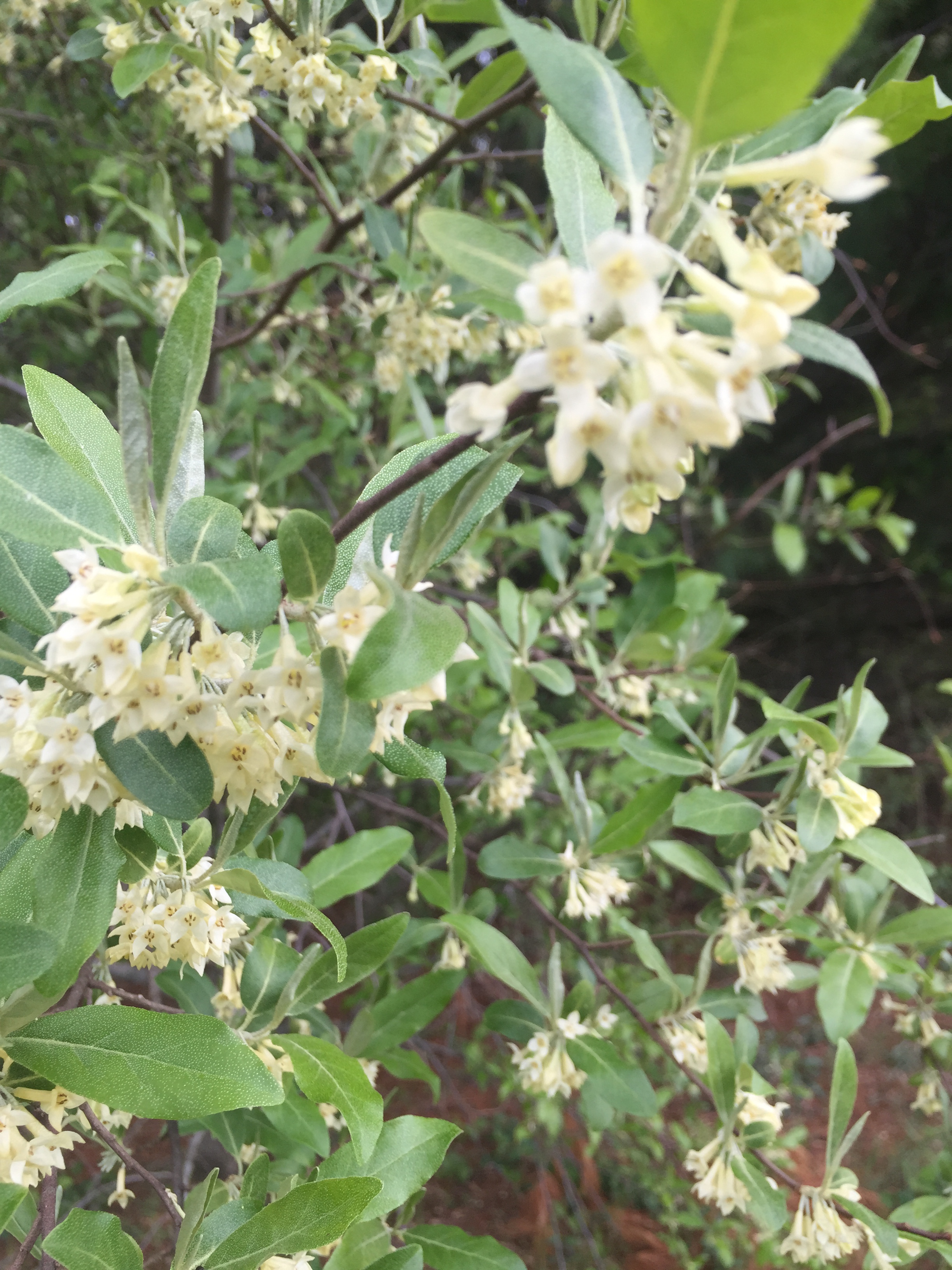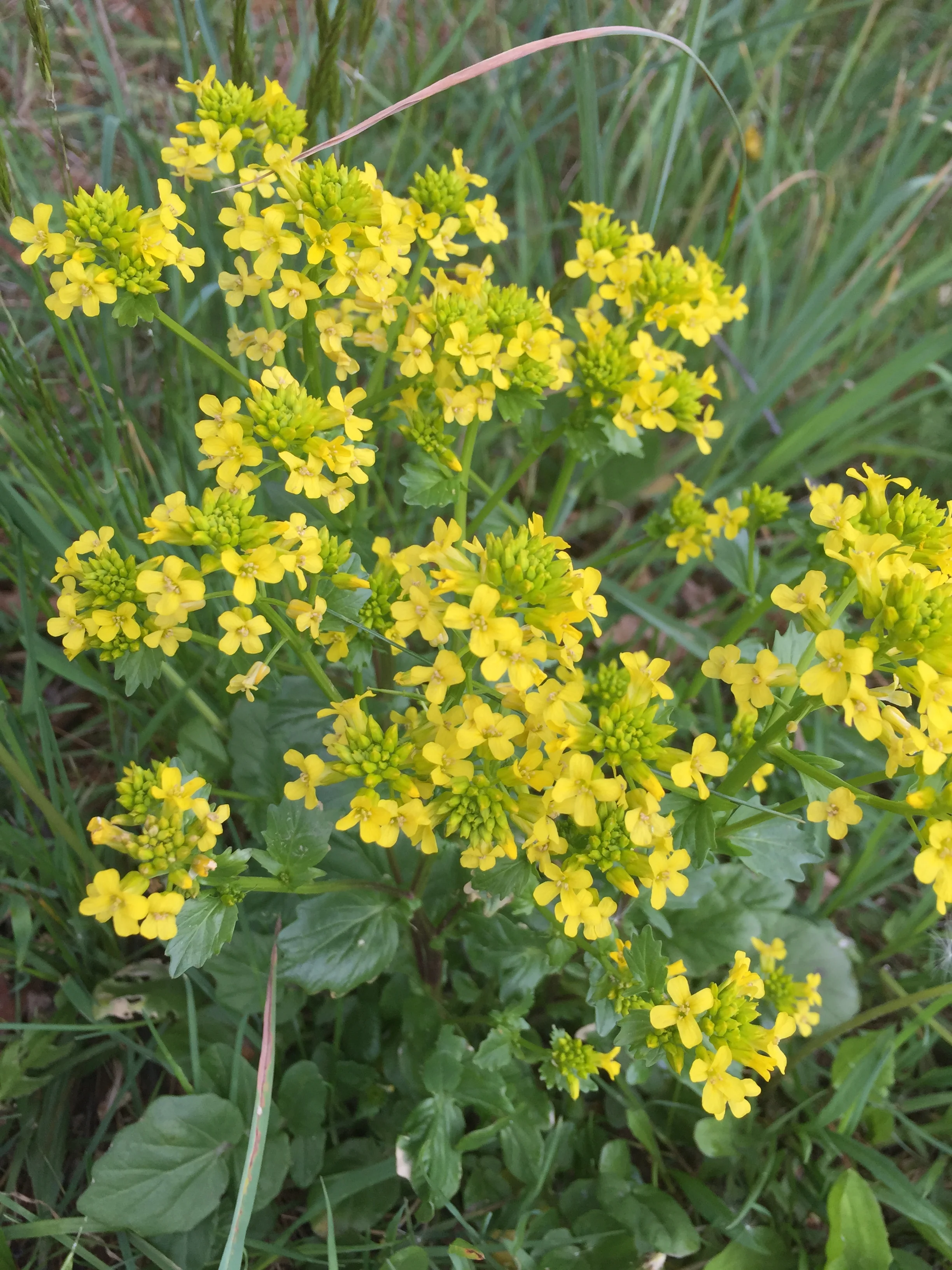Spring Identification
Carson Road Woods is a great place to see many seasonal examples of the native New Jersey plant life. Spring happens to be one of the most active.
To do your own research, here is a link to the NJ Native Plant Society:http://www.npsnj.org/…/nativeplants_Native_Plant_Gallery.ht…
Wild Geranium
Geranium maculatum (wild geranium, spotted geranium, or wood geranium, Cranesbill) is a perennial plant native to woodland in eastern North America, from southern Manitoba and southwestern Quebec south to Alabama and Georgia and west to Oklahoma and South Dakota. It is known as spotted cranesbill or wild cranesbill in Europe. Colloquial names are alum root, alum bloom and old maid's nightcap. The plant has been used in herbal medicine, and is also grown as a garden plant. Wild Geranium is considered an astringent, a substance that causes contraction of the tissues and stops bleeding. The Mesquakie Indians brewed a root tea for toothache and for painful nerves.
Buttercups
All Ranunculus species (Buttercups) are poisonous when eaten fresh by cattle, horses, and other livestock, but their acrid taste and the blistering of the mouth caused by their poison means they are usually left uneaten. When plants are handled, naturally occurring ranunculin is broken down to form protoanemonin, which is known to cause contact dermatitis in humans and care should therefore be exercised in extensive handling of the plants. It threatens native ecosystems by out-competing and displacing native plant species, creating dense shade and interfering with natural plant succession and nutrient cycling.
Autumn Olive
Autumn olive was introduced into the United States in 1830 and widely planted as an ornamental, for wildlife habitat, as windbreaks and to restore deforested and degraded lands. Autumn olive is found from Maine to Virginia and west to Wisconsin in grasslands, fields, open woodlands and other disturbed areas. It is drought tolerant and thrives in a variety of soil and moisture conditions. Because autumn olive is capable of fixing nitrogen in its roots, it can grow on bare mineral substrates. It threatens native ecosystems by out-competing and displacing native plant species, creating dense shade and interfering with natural plant succession and nutrient cycling. Can be confused with Honeysuckle, but has smooth bark, upright branches and nasty spikes!
Japanese Honeysuckle
Japanese honeysuckle is classified as a noxious weed. It grows extremely rapidly in parts of America and is virtually impossible to control in naturalized woodland edge zones due to its rapid spread via tiny fruit seeds. It was first found in the late 1800s and aggressively grows over native shrubs and trees, choking them, and can also form mat-like monocultures that prevent the establishment of native species. The succession cycle of a forest is typically 70 to 100 years. Accordingly, it is the aggressive displacement that poses a long term threat to future generations of native forests. Easily differentiated from Autumn Olive by its arching branches that are rough and mottled.
Early Yellow Rocket
Land cress (Barbarea verna), also known as American cress, bank cress, black wood cress, Belle Isle cress, Bermuda cress, early yellowrocket,[2] early wintercress, scurvy cress, creasy greens, and upland cress, is a biennial herb in the family Brassicaceae. It is native to southern Europe and western Asia, and naturalized elsewhere[3] It has been cultivated as a leaf vegetable in England since the 17th century. As it requires less water than watercress, it is easier to cultivate.
Blue Spring Daisy
Part of the Aster family, also known as Robin's Plantain and Hairy Fleabane. Erigeron pulchellus is a perennial herb up to 60 cm (2 feet) tall, spreading by means of underground rhizomes. It produces 1-9 flower heads per stem, each head containing sometimes as many as 100 white, pink, pale blue, or pale purple ray florets surrounding many yellow disc florets. The species grows in forests, roadsides, and the banks of bodies of water






